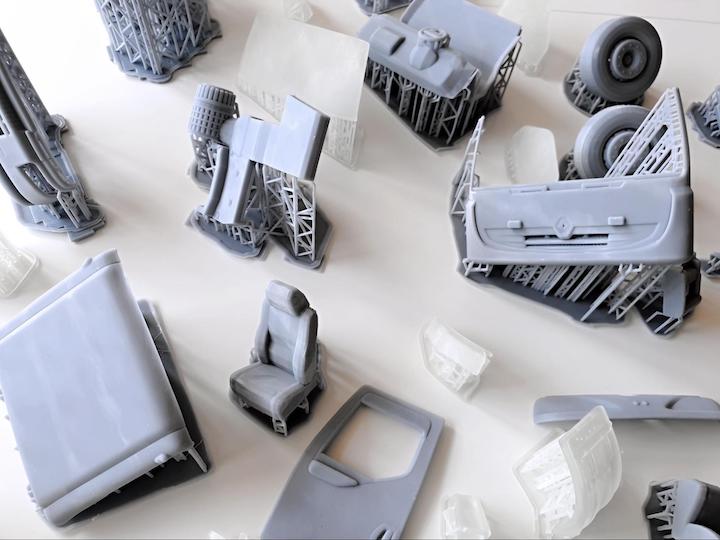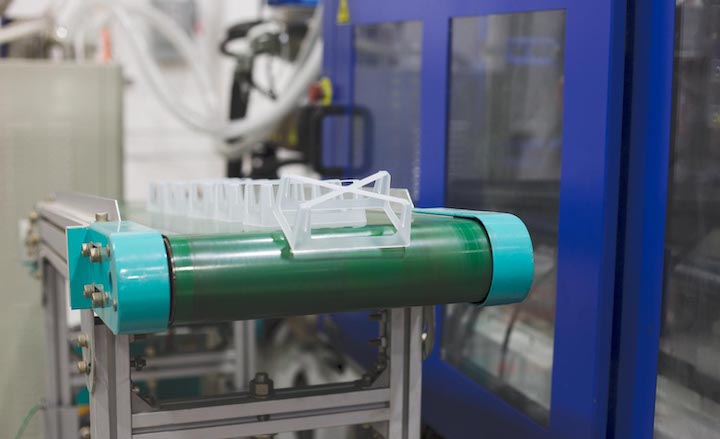- Home
- About Us
- Blog
- Capabilities
Sub-Processes
Plastic Materials
Processes Available
Post Processing
- Contact Us
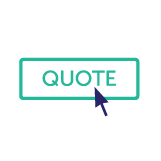
Simply upload your CAD model to get instant pricing and manufacturability feedback through our digital quote-to-order platform.
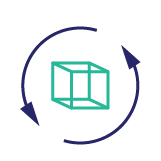
Our Digital Manufacturing Ecosystem can scale with you, for custom 3D printed parts from prototype to production, with industry leading speeds at every stage.
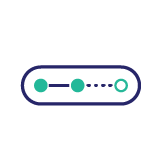
Never worry where your parts are again. With Fictiv you can track production status, reorder parts, and manage your order history in one place.
We can produce parts in just one day thanks to digital manufacturing methods according to our customers’ needs.
We can produce parts in just one day thanks to digital manufacturing methods according to our customers’ needs.
We can produce parts in just one day thanks to digital manufacturing methods according to our customers’ needs.
We can produce parts in just one day thanks to digital manufacturing methods according to our customers’ needs.
We can produce parts in just one day thanks to digital manufacturing methods according to our customers’ needs.
We can produce parts in just one day thanks to digital manufacturing methods according to our customers’ needs.
We can produce parts in just one day thanks to digital manufacturing methods according to our customers’ needs.
We can produce parts in just one day thanks to digital manufacturing methods according to our customers’ needs.
We can produce parts in just one day thanks to digital manufacturing methods according to our customers’ needs.
We can produce parts in just one day thanks to digital manufacturing methods according to our customers’ needs.
We can produce parts in just one day thanks to digital manufacturing methods according to our customers’ needs.
We can produce parts in just one day thanks to digital manufacturing methods according to our customers’ needs.
We can produce parts in just one day thanks to digital manufacturing methods according to our customers’ needs.
We can produce parts in just one day thanks to digital manufacturing methods according to our customers’ needs.
We can produce parts in just one day thanks to digital manufacturing methods according to our customers’ needs.
We can produce parts in just one day thanks to digital manufacturing methods according to our customers’ needs.
We can produce parts in just one day thanks to digital manufacturing methods according to our customers’ needs.
We can produce parts in just one day thanks to digital manufacturing methods according to our customers’ needs.
Haley Harrington
Product Design Engineer, Mira Labs


Rapid Form Factor Prototypes
With 3D-printed parts that can be sent in as little as a day, early design iterations can be made swiftly.
Purchase precise high-quality prototypes to test functional builds.
With production-quality custom parts made on demand and no costly tooling needed, you can get your product to market more quickly.
About the 3D Printing Process
A CAD file (usually an STL) is used in the 3D printing, also known as additive manufacturing, process to create a three-dimensional item. Layer adhesion technology and a range of materials are used to manufacture objects layer by layer.
Types of 3D Printing
3D printing has evolved significantly over the decades and over time many different technologies have been developed:
Fused Deposition Modeling (FDM) is a common process for early stage prototypes. Machines range from hobbiest-grade to professional grade.
Selective Laser Sintering (SLS) uses high-powered lasers to sinter powdered material, binding it together to create a solid structure. This process is ideal for functional testing, in the low to mid volumes (10s to 100s of units).
Stereolithography (SLA) is known for achieving highly detailed and functionally accurate parts. The technology utilizes a mirror that is programmed to direct an ultraviolet laser to draw and cure a part’s cross-section onto a vat of photopolymer resin.
HP Multi Jet Fusion is a production-grade technology that spreads out a fine layer of powder, deposits a fluid in the desired areas, and then fuses those areas.
PolyJet is a 3D printing technology similar to inkjet document printing, but instead of jetting drops of ink onto paper, PolyJet machines jet layers of liquid photopolymer onto a build tray and instantly cure them with UV light. This process is ideal for visual models and functional prototypes.
Other technologies include: Direct Metal Laser Sintering (DMLS), Digital Light Processing (DLP), Electronic Beam Melting (EBM), Laminated Object Manufacturing (LOM), and others.
Advantages of 3D Printing
Compared to subtractive manufacturing techniques (CNC), additive manufacturing can offer more geometry flexibility. Therefore, 3D printing makes it simpler to attain a higher level of complexity. Because 3D printed parts don’t need expensive equipment like injection molded parts do, technologies like Multi Jet Fusion might be an excellent choice for production parts at smaller numbers.
3D Printing Design Considerations
Compared to CNC machining, 3D printing has less manufacturability restrictions, but there are still a few considerations. One of the key design factors to guarantee your pieces are structurally sound is wall thickness. Our recommendations for wall thickness are detailed in this article. You will get feedback on the manufacturability of your CAD model when you upload it to the Fictiv platform, informing you of any design concerns.
